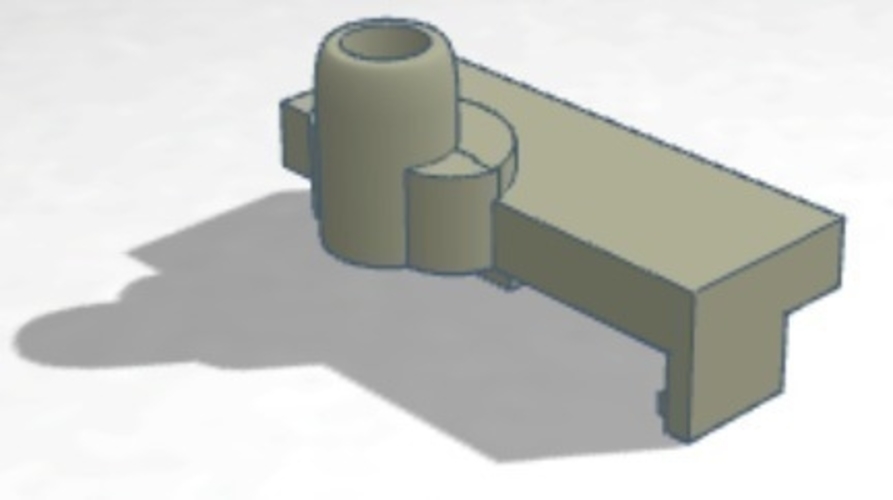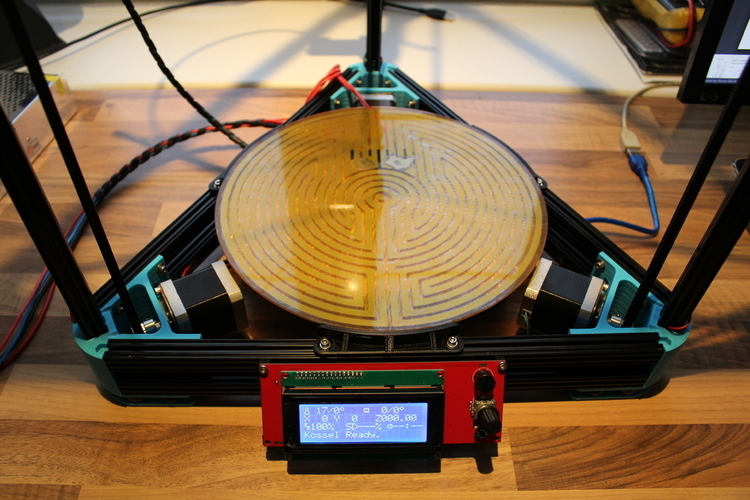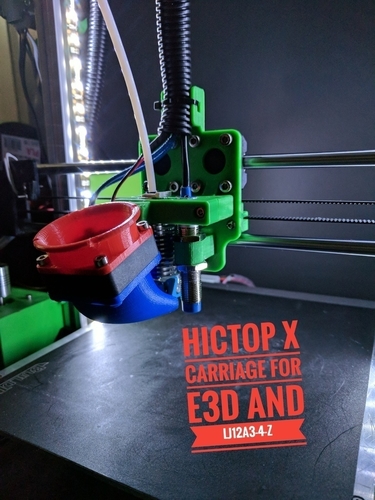
Description
This is a set of atomic orbitals. The basic design was adapted from BlendeLabor's probability shapes. The files include plans for all of the s, p, d, and f orbitals as well as a connector which can be used to hold all three p orbitals together. The orbitals are great models for showing students what the orbitals look like in three dimensions. They can also be used to show the geometry in bonding, especially when discussing pi and sigma bonds, using the combined p orbitals. This project contains all of the orbitals that I have made in one place.
Print Settings Printer: Da Vinci Jr. Rafts: Yes Supports: No Infill: Hollow-5%
Notes: Rafts should be used to help stabilize the orbitals as they print. Supports are not needed. Printing the orbitals with 0 infill works well. If you would like them to make them a little sturdier 5% also works. A little hot glue also helps to keep the orbital connections together.
Standards
NGSS
CCSS
Overview and Background Preparation: Students should already be familiar with the concept of probability densities. They should also know that electrons behave as waves and therefore we cannot know their exact positions. The idea of what an orbital is should already have been presented.
Objectives: Students will be able to describe the three-dimensional shapes of atomic orbitals. Students will be able to describe the various ways orbitals can line up in order to form single, double, and triple covalent bonds.
Lesson Plan and Activity These models are designed to be used as manipulatives to help students understand the three-dimensional shapes of the atomic orbitals. They can be introduced in a variety of ways so there is no one specific activity they are designed for. I have found that I have often reached for them in class whenever I reference the orbitals, types of bonding, and relative reactivity of bonds. They have also been very useful in upper level chemistry classes when describing sigma and pi bonds, as well as hybridization.






Comments (1)
Sign in to leave a comment.
No comments yet. Be the first to comment!